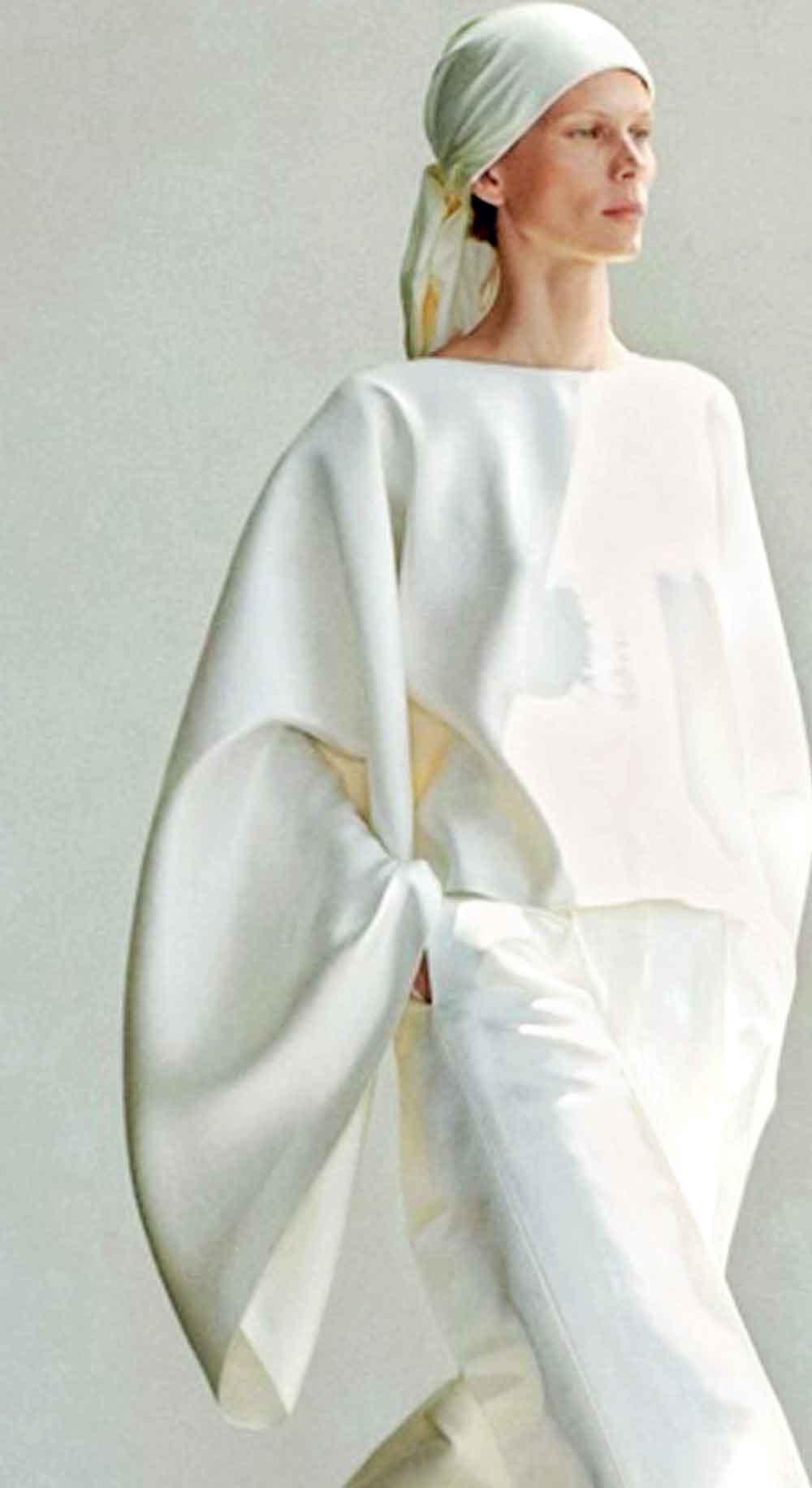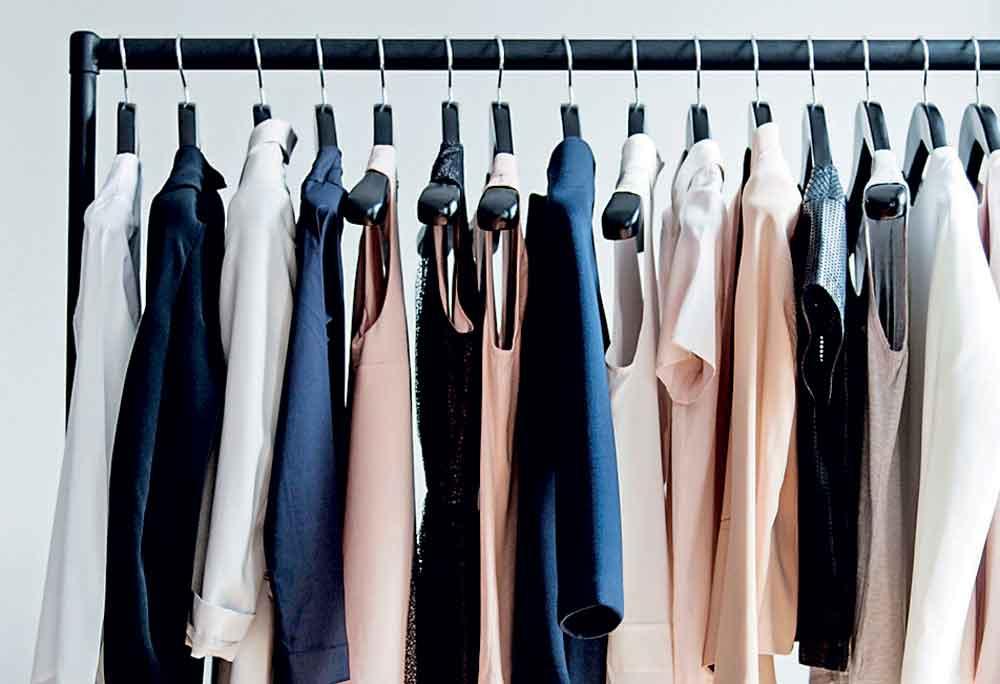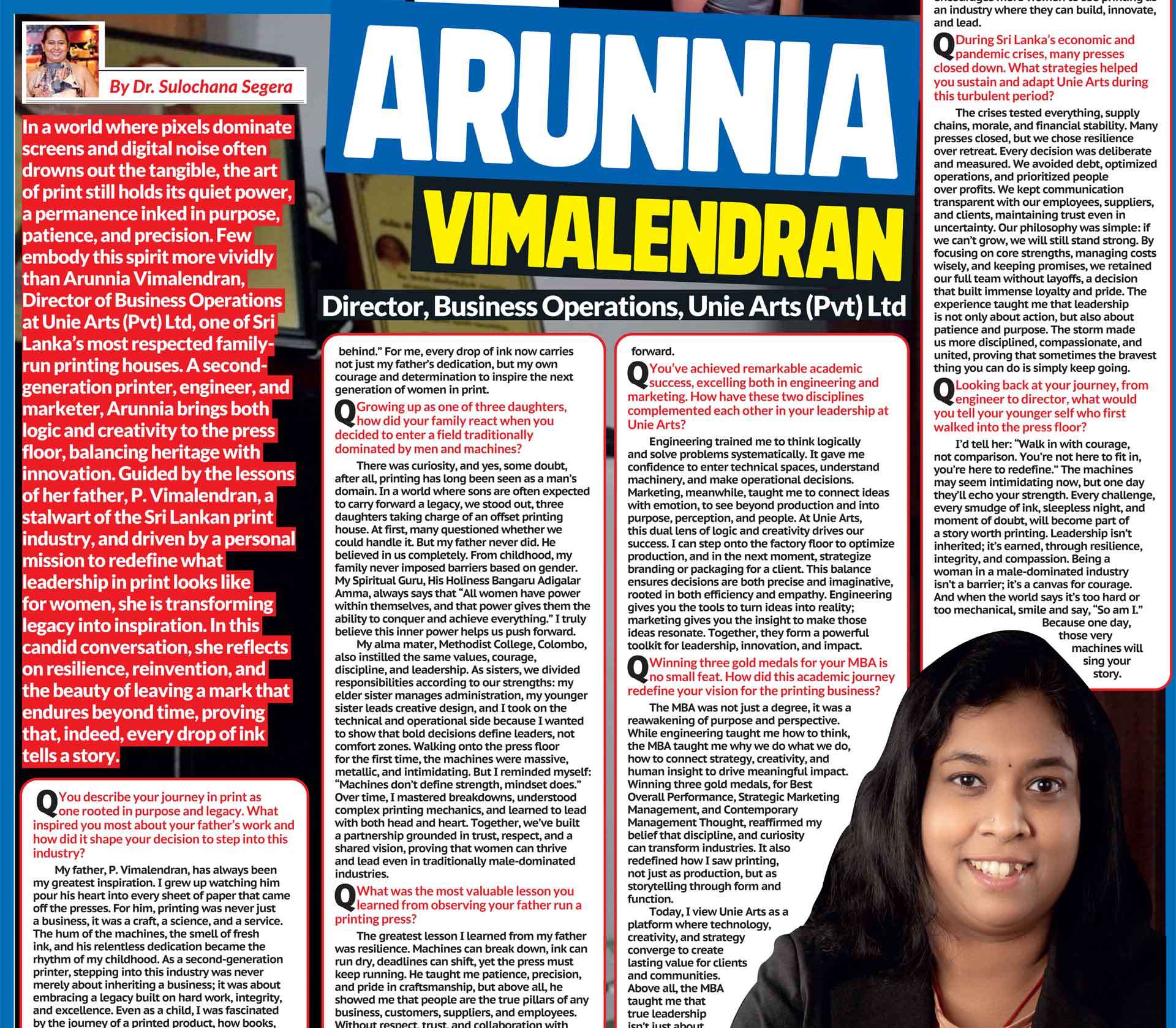
In the last decade, the fashion industry has been forced to reckon with its environmental footprint. Sustainability has become the expected baseline, no longer a brand differentiator but a necessity. Carbon emissions, water usage, and circular design dominate industry summits and investor decks alike. Yet, amidst this crucial conversation, one dimension remains underexplored: emotional sustainability. The psychological toll of consumption and the growing desire for fashion that nourishes rather than depletes.
As fashion becomes faster, cheaper, and more algorithmically driven, consumers are showing signs of burnout. Decision fatigue, trend overload, and the pressure to perform identity through clothing have led to a collective exhaustion. Even amid booming resale markets and dopamine dressing trends, a deeper shift is underway: the desire to consume less but feel more.
From Burnout to Breakthrough: The Rise of Conscious Consumption
A 2024 McKinsey report revealed that nearly 60% of Gen Z consumers have reduced their fashion purchases in the past year, not just due to cost-of-living pressures, but out of an intentional desire to consume more mindfully. This isn’t a retreat from fashion; it’s a demand for fashion that feels better- mentally, emotionally, and spiritually.
As fashion becomes faster, cheaper, and more algorithmically driven, consumers are showing signs of burnout
Dressing as Ritual: Reclaiming the Act of Getting Dressed
At the core of emotional sustainability is a return to ritual, the quiet, almost meditative process of getting dressed with intention. In a culture driven by speed and spectacle, this daily act is becoming a form of resistance. It is no longer just about putting together an outfit, but about aligning with a feeling and stepping into a version of the self one wishes to inhabit.
A growing body of research supports what many consumers are beginning to sense intuitively: what we wear directly affects how we feel, both physically and emotionally. A 2023 white paper from the University of Helsinki revealed that synthetic fabrics such as polyester can elevate skin temperature and trap sweat and toxins, which may lead to increased cortisol levels and diminished comfort throughout the day. The science reinforces a broader emotional truth, discomfort on the body often leads to disconnection from the self.

This awareness is driving a renewed appreciation for natural, breathable materials. Cotton voile, bamboo jersey, organic linen, and silk blends are gaining popularity not just for their visual appeal, but for how they feel against the skin. Fabric is increasingly understood as a sensory experience, not just a stylistic choice. The way a piece of clothing moves, drapes, and breathes is now being evaluated for its ability to calm, support, and ground the wearer.
Consumers are becoming more discerning and conscious about what touches their bodies. They are asking new questions about materials, production methods, and the emotional impact of their wardrobe. This is not simply about environmental metrics; it is about emotional durability. How long can a garment continue to make someone feel good? And not just how long it physically lasts.
As Roland Barthes once observed, clothing is our first language. Today, we are learning to speak it with greater awareness and care. The focus has shifted from dressing to impress dressing to connect. This change is not rooted in nostalgia, but in a quiet and thoughtful recalibration of values. It is reshaping not only how we shop, but how we inhabit our lives.

From Product to Practice: Brands Rewriting the Value Proposition
The shift toward emotional sustainability doesn’t mean abandoning beauty or creativity, it means recontextualising them as tools for care, not consumption. Brands like BITE Studios and Another Tomorrow are already threading mindfulness into their operational DNA, not just in how garments are made, but in how they’re communicated. Product pages read like quiet meditations. Campaigns are less about aspiration, more about resonance. Meanwhile, the fashion-tech space is seeing a surge in platforms designed to support intentional buying: digital wardrobes that encourage outfit repeats, AI-assisted capsule builders, and apps that track not just cost-per-wear but mood-per-wear.
A growing body of research supports what many consumers are beginning to sense intuitively: what we wear directly affects how we feel, both physically and emotionally
The Future of Fashion Feels Different
As trend cycles accelerate and consumer attention shortens, the industry must ask itself not just what people want to wear, but why. In a post-pandemic world marked by mental health crises and digital fatigue, fashion has the potential to offer not escape, but grounding- not noise, but meaning. The next wave of innovation may not be about the latest material or metaverse drop, but about how fashion can soothe, stabilise, and serve the self. Because sustainability isn’t just about saving the world. It’s about making it feel more liveable, and that starts with the clothes we live in.












